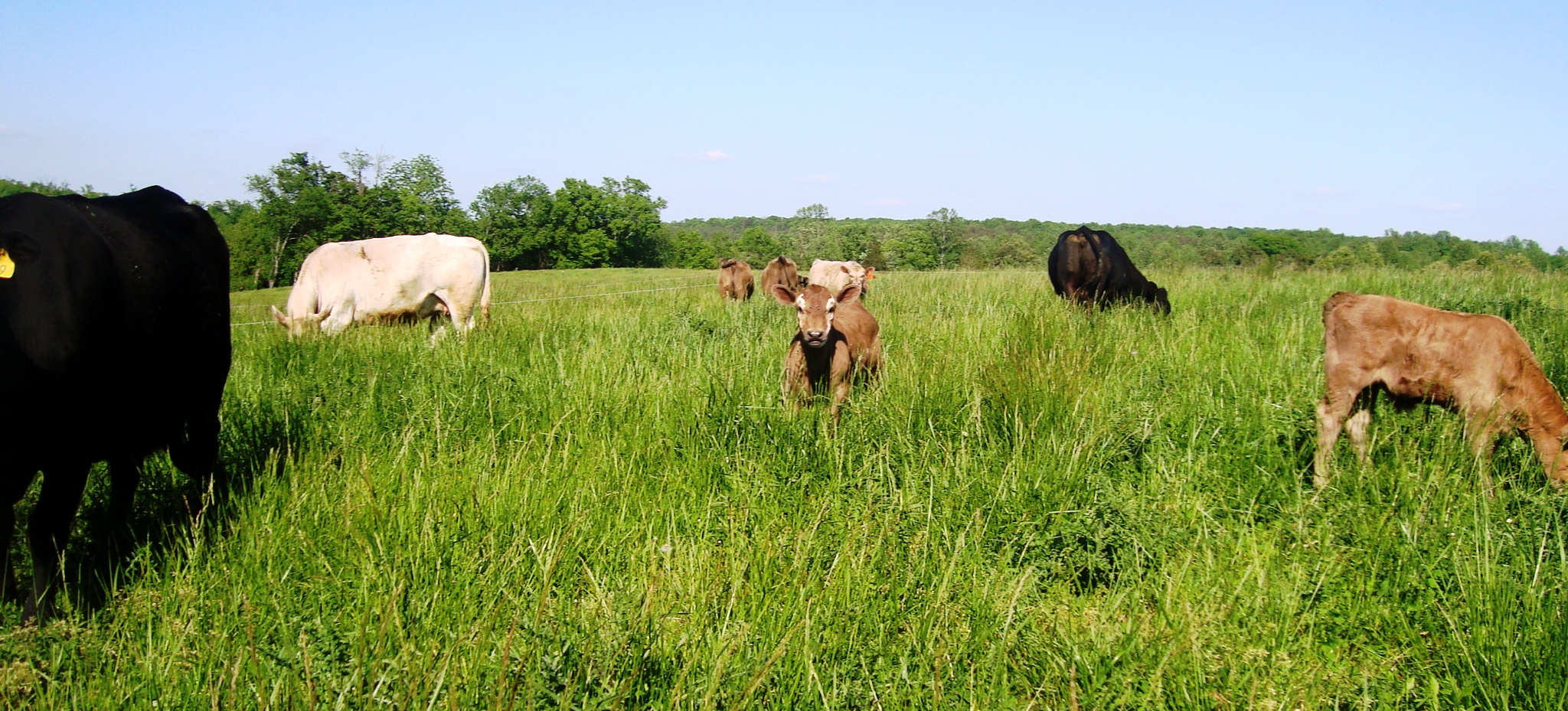Georgia gets all the credit in story and song about their clay, and I have to admit, I’m a little bit jealous. Because here in Virginia, we’re no slackers in the clay department. We’re famous for a few things – peanuts, ham and Dave Matthews for instance – but I don’t think we get enough
Yearly Archives: 2013
With the increasing availability of computers in the 70’s some of that technology was applied to an age old question – why are some bulls better than others at producing quality offspring? Land grant universities and breed associations had been collecting data on cattle for years – birth weights, weaning weights and yearling weights were
Losing your high-dollar herd bull to lightning is a big setback. You’re not just out the cost of the bull, you’re out that bulls genetic contribution. Plus Murray Grey bulls are really hard to get in Virginia. Rain King stepped up to the challenge. He bred one group of cows for spring calving, and the
As our cow numbers increased, so did our land base. We got an opportunity to rent a farm about 7 miles from our home, well-fenced, well-waterered, and with a great landowner. We got a second group of cows for the rental farm. Of course to have all our calves born at the same time, something
Veteran’s Day gets a lot of notice and airplay these days, but with memories of Viet Nam clearly in people’s minds, it was mostly an invisible holiday, mainly devoted to yard work and maybe a few sales. With 9/11, Veteran’s day became more visible, and a little weirder. People have certain expectations as to what
Rotational grazing is the practice of rationing out grass to animals. Instead of cows having access to a big huge field, portable electric fence is used to ration out a small section of it. And there are a lot of good reasons to so it. Cows will eat what’s in front of them. They won’t
“Stockpiling” and “rotational grazing” are the two main management practices that graziers use. “Stockpiling” is basically letting the grass grow, while “rotational grazing” is how we allow cows access to the grass. By limiting the access to the grass, they eat what’s in front of them without walking all over the farm trying to get
When you’re buying a bull directly off of a farm, you have an opportunity to see not only the bull you are buying, but also his herd-mates, and if it’s an older bull, you may get to see his some of his calves. More importantly, you can see the management system he was raised in.
The age old way of selecting a bull is to use you neighbor’s bull. This was how it was done for thousands of years, and it still has some merit. In fact, this is how landraces and breeds were developed. Historically, where we lived and who our friends were influenced the bulls we used, and
When you look at the cost (or the value) of individual animals in the herd, the bulls are the high-dollar animals. In a typical herd of 40 cows and one bull, each cow will have one calf, and will influence 1/40 of your calves. Assuming everything goes right, the bull will influence 100% of those
